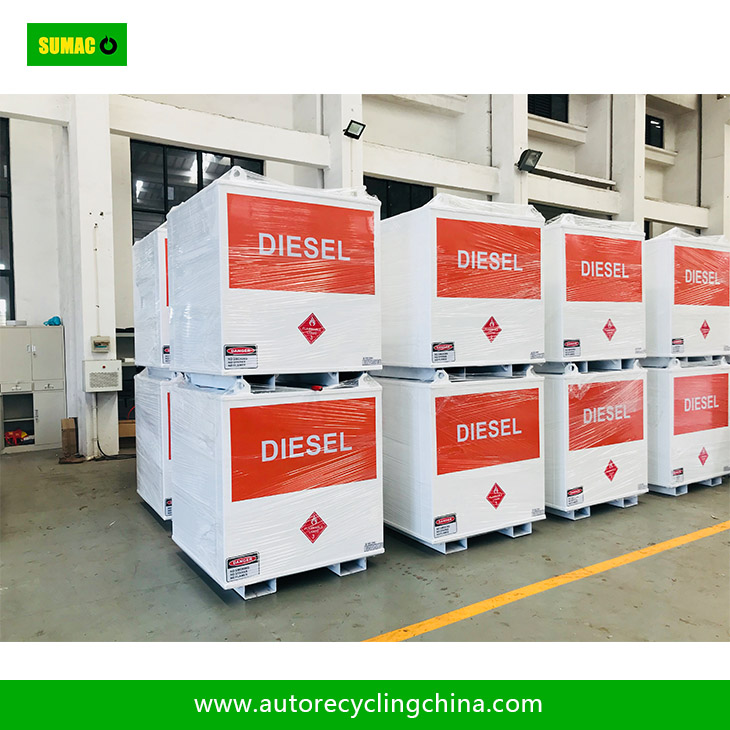How to determine the safety distance of Steel Diesel Fuel Storage Tank
2025-05-10
Leave a message
Determining the safe distance for Steel Diesel Fuel Storage Tanks involves considering multiple factors to ensure safety and compliance with regulations.
Firstly, fire safety is a primary concern. The distance from the tank to nearby buildings, structures, and other flammable materials must be sufficient to prevent the spread of fire in case of a tank explosion or fuel leakage. This distance depends on the size of the tank. Larger tanks with higher fuel capacities pose a greater fire risk, so they require a wider buffer zone. Industry standards and local fire codes typically provide guidelines on the minimum distances based on tank volume. For example, a small - capacity tank might need to be at least 10 - 15 meters away from a residential building, while a large industrial - scale tank could require a distance of 30 meters or more.
Secondly, environmental protection considerations come into play. The safe distance also helps prevent potential fuel spills from contaminating nearby water sources, soil, and sensitive ecosystems. Tanks should be located at an appropriate distance from rivers, lakes, and groundwater recharge areas. In addition, the slope and drainage patterns of the surrounding land need to be considered. If the terrain slopes towards a water body, a larger safe distance may be necessary to account for the potential movement of spilled fuel.
Another factor is the risk of vapor dispersion. Diesel fuel emits vapors that can be flammable and pose a hazard. The safe distance should ensure that these vapors do not accumulate in areas where they could come into contact with ignition sources. Wind direction and speed are important in determining this distance. Areas with frequent high - velocity winds may require a larger separation between the tank and nearby structures or public areas to allow for the proper dispersion of vapors.
Furthermore, access for emergency response is crucial. There should be enough space around the tank to allow fire trucks, emergency response vehicles, and personnel to reach the site quickly and safely. This includes ensuring that roads and access paths are clear and that there is sufficient room for equipment to maneuver.
Finally, local regulations and zoning laws play a significant role. Different regions may have specific requirements regarding the siting and safe distances of fuel storage tanks. These regulations often take into account the local population density, land use, and other unique factors. By carefully considering all these aspects and adhering to relevant standards and regulations, an appropriate and safe distance for Steel Diesel Fuel Storage Tanks can be determined.


